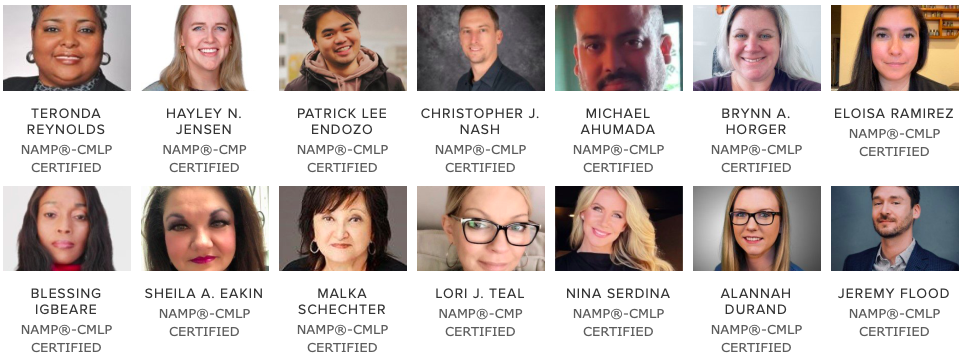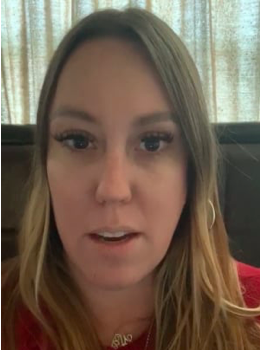Capital is Key as FHFA Works Toward Ending GSE Conservatorship
Written By: Joel Palmer, Op-Ed Writer
Federal Housing Finance Agency (FHFA) Director Mark Calabria told attendees of the Mortgage Bankers Association’s annual National Secondary Market conference that a privatization plan for Fannie Mae and Freddie Mac is in the works.
In addition, the agency plans to finalize a housing reform plan that would begin to raise capital for Fannie and Freddie in the beginning of next year.
Calabria, who took over the FHFA in April, told the conference that “the path out of conservatorships that we will establish for Fannie and Freddie is not going to be calendar dependent. It will be driven, first and foremost, by their ability to raise capital.”
He added: “It was insufficient capital that triggered the conservatorship, and it’s going to be sufficient capital that triggers an exit.”
Increasing capital levels has been challenging for Fannie and Freddie since they entered conservatorship because their profits have been sent to the U.S. Treasury since 2012. Through the fourth quarter of 2018, Fannie Mae has paid $175.8 billion in dividends to Treasury, while Freddie Mac has paid $116.5 billion. Calabria has said there are no immediate plans to end this arrangement.
However, he has indicated being open to raising capital through initial public offerings. The question is whether selling stock could generate sufficient capital.
Alex J. Pollock, a senior fellow at the R Street Institute, wrote for American Banker that the GSEs should have the same capital requirements as other financial institutions. He wrote that FHFA should establish a minimum capital requirement for Fannie and Freddie of tangible equity equal to 4 percent of total assets. “This is the internationally recognized standard for mortgage risk, which represents virtually all of Fannie and Freddie’s assets,” he wrote.
Pollock noted that 4 percent of the GSEs’ combined $5.5 trillion in assets would require capital of $220 billion between the two. That is $210 billion more than their current capital base.
The GSEs would struggle to raise this much capital while paying large dividends to Treasury. But Pollock suggested that the senior preferred stock purchase agreements between Treasury and the FHFA could be renegotiated.
“This outcome would not be unreasonable, since the Treasury now has an internal rate or return on its preferred stock investment of about 12%…On top of that, Treasury still has warrants to acquire 79.9% of Fannie and Freddie’s common stock at an exercise price of virtually zero. That could be a nice pop for the taxpayers on top of the 12% average annual return,” he wrote.
In addition to the capital needs of the GSEs, Calabria said in an interview with Politico that ending conservatorship also requires FHFA be able to transition from a conservator to a regulatory role over Fannie and Freddie. Part of that, he said, is obtaining more authority over capital requirements, similar to the OCC and the FDIC.
The director also told Politico that he’s consulting with other regulators about leveling the playing field for future competitors of Fannie and Freddie. He is also reviewing the pending risk-based capital rule and executive compensation plans approved by his predecessor. In addition, he’s evaluating EPMI and IMAGIN, the GSEs’ mortgage insurance pilot programs.
Calabria told Bloomberg that Fannie and Freddie could be freed from government control without Congressional legislation. However, he also said that lawmakers will get “at least an entire Congress” to act. That means a solution — whether by legislation or executive order — won’t occur until after the 2020 presidential election.
About the Author
As an NAMP® Opinion Editorial Contributor, Joel Palmer is a freelance writer who spent 10 years as a business and financial reporter and another 10 years in marketing for the insurance and financial services industries. He regularly writes about the mortgage industry, as well as residential and commercial real estate, investments, and retirement income planning. He has also ghostwritten books on starting a business, marketing, and retirement income planning.





















